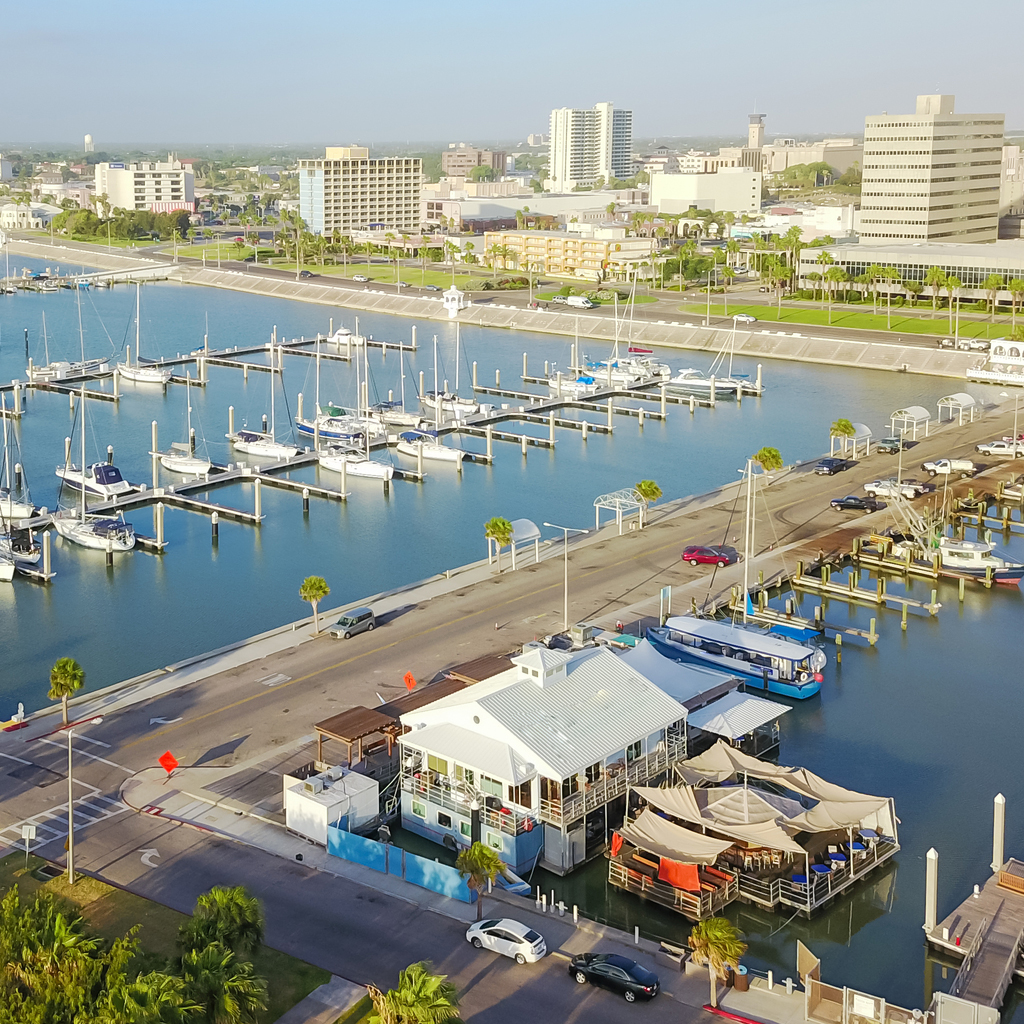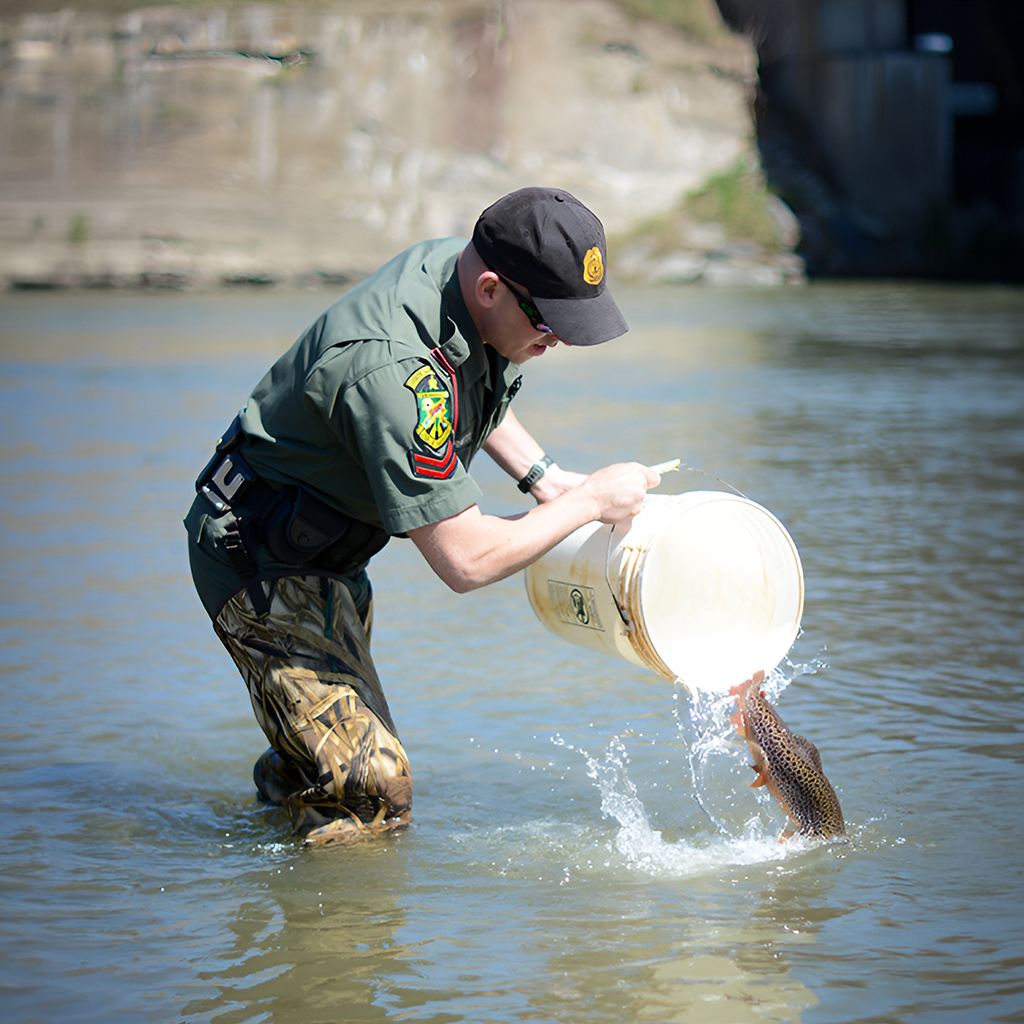2024 Apportionment for the Sport Fish Restoration Act
What do these funds do?

Sport Fish Restoration dollars helped move what was the nation’s only federally endangered trout to threatened status, thus opening wilderness streams in New Mexico and Arizona to angling after a 50-year hiatus. Apportionments fund hatchery operations and population assessments, helping ensure the conservation of yellow and copper-colored trout.

Between 2014-2021, 319 new fishing and boating access sites have been constructed with excise tax funds. In total, more than 8,989 public boating and fishing areas are operated and maintained by Sport Fish Restoration funds.

850,000 people received fishing aquatic resourse education that was supported by excise tax funds between 2019-2021.

Every year, 1 billion fish from 77 different species are produced by 321 state fish hatcheries across the country — all funded by Sport Fish Restoration grants using excise tax dollars.
| State | Total 2024 SFR |
|---|---|
| Alabama | $6,260,051 |
| Alaska | $19,091,360 |
| American Samoa | $1,272,757 |
| Arizona | $7,634,453 |
| Arkansas | $5,888,474 |
| California | $18,125,938 |
| Colorado | $10,735,964 |
| Connecticut | $3,818,272 |
| Delaware | $3,818,272 |
| District of Columbia | $1,272,757 |
| Florida | $14,149,599 |
| Georgia | $9,865,511 |
| Guam | $1,272,757 |
| Hawaii | $3,818,272 |
| Idaho | $7,244,052 |
| Illinois | $6,580,524 |
| Indiana | $5,325,365 |
| Iowa | $4,751,647 |
| Kansas | $5,433,407 |
| Kentucky | $5,390,019 |
| Louisiana | $7,099,021 |
| Maine | $3,927,958 |
| Maryland | $3,818,272 |
| Massachusetts | $3,818,272 |
| Michigan | $11,749,035 |
| Minnesota | $13,114,121 |
| Mississippi | $4,176,365 |
| Missouri | $8,034,130 |
| Montana | $9,303,913 |
| N. Mariana Islands | $1,272,757 |
| Nebraska | $4,903,872 |
| Nevada | $5,798,258 |
| New Hampshire | $3,818,272 |
| New Jersey | $3,818,272 |
| New Mexico | $6,919,689 |
| New York | $8,165,860 |
| North Carolina | $11,577,983 |
| North Dakota | $4,401,264 |
| Ohio | $7,469,070 |
| Oklahoma | $7,189,383 |
| Oregon | $8,422,335 |
| Pennsylvania | $9,320,492 |
| Puerto Rico | $3,818,272 |
| Rhode Island | $3,818,272 |
| South Carolina | $5,179,901 |
| South Dakota | $4,859,187 |
| Tennessee | $8,248,057 |
| Texas | $19,091,360 |
| U.S Virgin Islands | $1,272,757 |
| Utah | $7,066,228 |
| Vermont | $3,818,272 |
| Virginia | $5,521,997 |
| Washington | $7,790,256 |
| West Virginia | $3,818,272 |
| Wisconsin | $11,822,290 |
| Wyoming | $5,834,032 |
| TOTAL | $381,827,198 |
